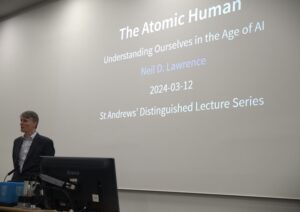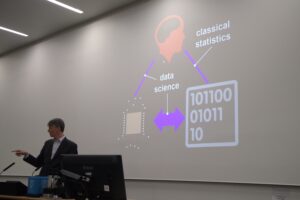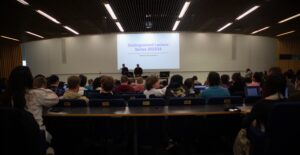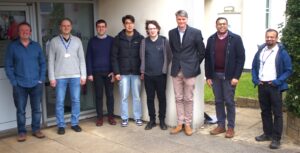The next PGR seminar is taking place this Friday 14th February at 2PM in JC 1.33a
Below is a title and Abstract for Sachin and Junyu’s talks – Please do come along if you are able.
Sachin Yadav
Title: Reimagining the Digital Gig Economy: Evaluating the economic feasibility and technological capabilities of physical cooperative gig platform
Abstract: The gig economy, fuelled by digital platforms, has transformed the labour markets around the world, offering flexibility but often at the cost of security for the worker and fair compensation. This presentation explores platform cooperatives – a democratically owned and governed alternative – as a potential solution to these challenges. I will delve into the economic feasibility and technological capabilities of physical delivery cooperatives, comparing them to traditional investor-owned platforms. By examining key performance metrics, regulatory environments, and worker empowerment, my ongoing work will assess whether platform cooperatives can achieve a comparable level of service while fostering more equitable working conditions. This presentation aims to spark discussion on the future of the gig economy and the role cooperative models can play in creating a more sustainable digital labour landscape.
Junyu Zhang
Title: Engaging Culture Heritage with Authentic Characters to Support Inclusive Learning
Abstract: Digitalization opens up new opportunities for cultural heritage, and lately the exploration of virtual reality has created new forms of representation of cultural content for educational institutions, museum exhibitions, and heritage preservation organizations. High-fidelity technology allows virtual agents to simulate realistic human appearances and behaviour to interact and engage with their surroundings. This speech presents work-in-progress research regarding designing, creating and utilising authentic characters to strengthen the exhibition of cultural heritage. Through the discussion on research design and practice, this research examines the capability of characters to enrich immersion and communication with heritage. This presentation introduces the realism and authenticity of character design, clarifies the goals for digitalization for inclusive learning opportunities in SDG, and ends with future work.






